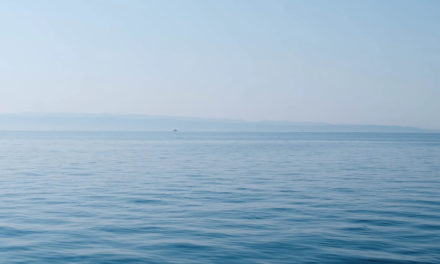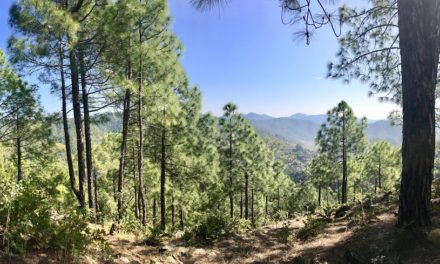As Typhoon Vongfong makes its way across Eastern Philippines, authorities are scrambling to provide emergency shelter for residents – with social distancing rules in mind.
There’s never a right time for a natural disaster, but during a global pandemic might be the worst possible timing. Forecasters believe that the storm will only continue to intensify, bringing torrential rains and maximum sustained winds of 150km per hour to wide areas of the country by Saturday.
Natural disasters are not uncommon to the Philippines as itsarchipelago – a group of islands – is located on a typhoon belt. The nation is regularly subjected to around twenty storms annually paired with frequent volcanic eruptions and earthquakes. However, it may be the first time the country is tackling a deadly virus outbreak simultaneously. The Philippines has reported over 11,000 confirmed cases of the novel coronavirus and nearly 800 deaths, according to Johns Hopkins.
It is common for emergency shelters to become overcrowded during a disaster, so following social distancing guidelines is close to impossible in these situations. However, authorities are thinking of ways to protect citizens from the double threat.
“Definitely this is going to add to our emergency situation. While the areas expected to be hit by the typhoon are not heavily ravaged by COVID-19, we have set some guidelines,” said a spokesperson for Filipino President Rodrigo Duterte for New York Times.
Typhoon Vongfong – known as Ambo by the Philippine Atmospheric Geophysical and Astronomical Services – is the first named storm of the year for the West Pacific and is expected to trigger floods and landslides.
Read More: Philippines’ Taal Volcano May Still Explosively Erupt
Rapidly Intensifying Storms
According to studies, there has been an increase in rapidly intensifying storms in some parts of the world. This is defined as a storm that has gained significant traction within 24 hours, pushing maximum sustained winds of 35mph or greater. Typhoon Vongfong only began to form on Tuesday and is expected to wreak havoc on the country, just two days later.
A typhoon is formed over warm oceans, picking up energy as the warm air lifts water and rises. Tropical cyclones – which include hurricanes (Atlantic Ocean), typhoons (Pacific Ocean) and cyclones (South Pacific or Indian Ocean) – are thought to be getting worse as climate-induced changes increase in our oceans and atmosphere.
As our oceans become warmer, the intensity of storms also increases, making natural disasters more devastating.
Photo credit: The Independent
- This Artist is Making the Underwater Arena His Canvas - 28th April 2021
- A Video Game that Promotes Peace and Conflict Resolution - 15th March 2021
- Netflix’s ‘Living Undocumented’ is a Difficult Series to Watch, and Exactly Why We Should - 9th March 2021






